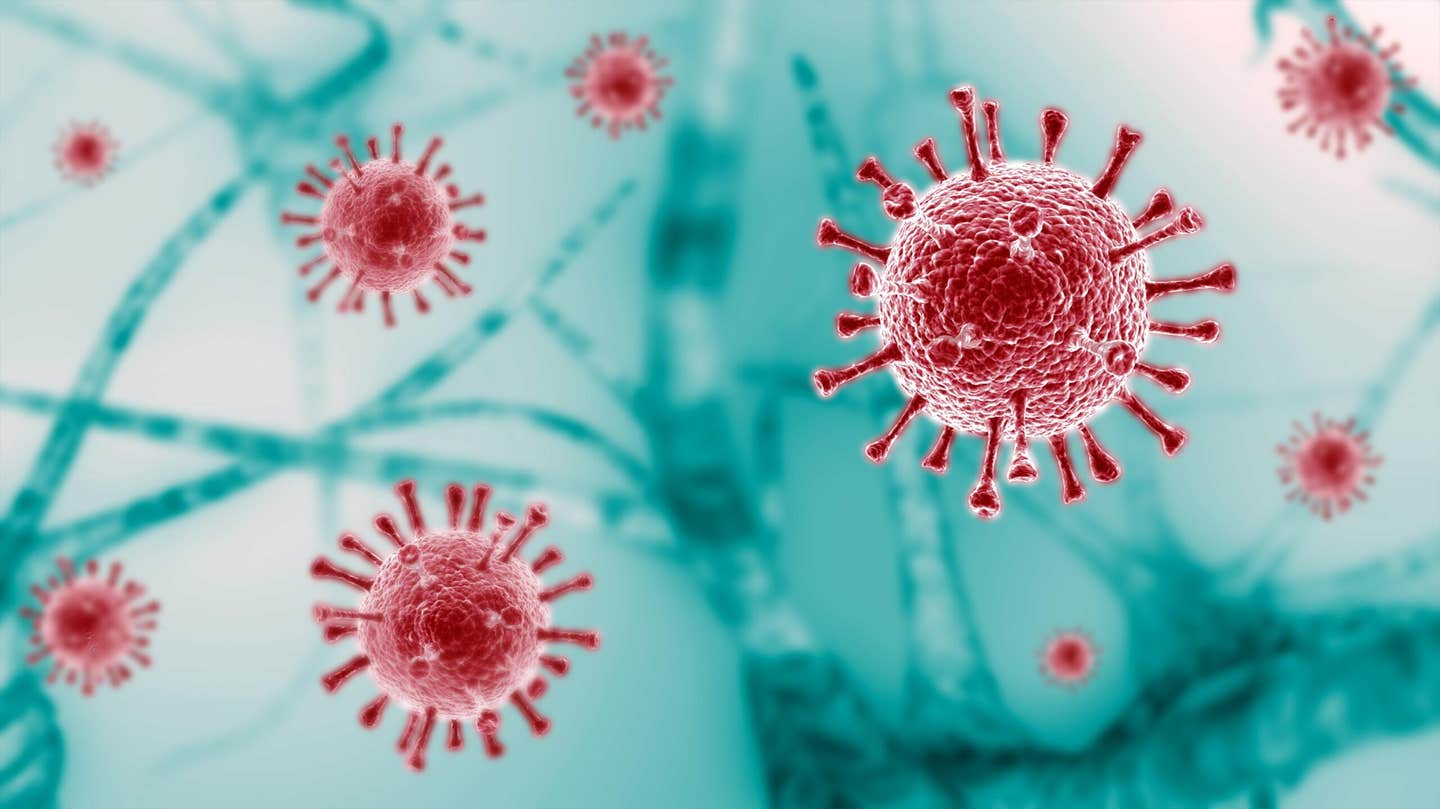Researchers make breakthrough discovery in the fight against SARS-CoV-2
Groundbreaking research reveals critical details about the virus’s mechanism of entry and potential avenues for prevention and treatment.

COVID 19 virus (CREDIT:
MedlinePlus)
A breakthrough discovery in the fight against SARS-CoV-2, the virus responsible for COVID-19, has emerged from a collaborative effort led by researchers at Rice University and Northeastern University. The team, guided by Jose Onuchic and Paul Whitford, worked in partnership with experimental researchers from Yale University to uncover new insights into how the virus infects human cells and how it might be neutralized.
Their findings, published in the journal Science, reveal critical details about the virus's mechanism of entry and potential avenues for prevention and treatment.
At the core of this discovery is the spike protein of SARS-CoV-2, which the virus uses to attach to human cells. The spike protein has two main components: the S1 domain, which varies significantly across different strains, and the S2 domain, which remains consistent among various coronaviruses. The stability of the S2 domain makes it an attractive target for vaccines and therapies that could potentially work against a wide range of virus strains.
The researchers combined simulations, theoretical predictions, and structural data from their experimental colleagues to create a detailed, atomic-level picture of how the virus infects human cells.
According to Onuchic, this comprehensive understanding of the intermediate states of the spike protein offers new opportunities for developing treatments and preventive measures. "Our work demonstrates the importance of combining theoretical and experimental approaches to tackle complex problems such as viral infections," he noted.
Using cryo-electron tomography, an advanced imaging technique, Yale researchers were able to capture detailed snapshots of the spike protein as it undergoes changes during the fusion process.
These images revealed that antibodies targeting a specific part of the S2 domain, known as the stem-helix, can bind to the spike protein and prevent it from refolding into the shape necessary for fusion. This action effectively blocks the virus from entering human cells.
Related Stories
Onuchic emphasized the significance of these findings, stating, "Our study provides a detailed understanding of how the spike protein changes shape during infection and how antibodies can block this process." This molecular insight could lead to the design of vaccines and therapies that are effective against a broad spectrum of coronavirus strains.
The success of this research relied heavily on the synergy between theoretical modeling and experimental data. By combining simulations of the spike protein with experimental images, the researchers were able to capture previously unseen intermediate states of the protein, which provided a deeper understanding of the infection process at an atomic level.
Whitford highlighted this collaboration's importance, saying, "The synergy between theoretical and experimental methods was crucial for our success. Our findings highlight new therapeutic targets and strategies for vaccine development that could be effective against most variants of the virus."
This discovery represents a significant step forward in efforts to combat COVID-19 and prepare for future outbreaks of related viruses. By focusing on the conserved S2 domain, scientists can develop vaccines and therapies that remain effective even as the virus mutates.
Saul Gonzalez, director of the U.S. National Science Foundation’s Physics Division, emphasized the broader implications of this research: "Understanding the fundamental physical workings within intricate biological mechanisms is essential for developing more effective and universal treatments that can protect our health and save lives."
This research not only advances the fight against COVID-19 but also lays the groundwork for addressing future coronavirus outbreaks. By targeting the stable S2 domain, new vaccines and therapies could offer protection against a wide array of virus strains, potentially mitigating the impact of current and emerging threats.
Note: Materials provided above by The Brighter Side of News. Content may be edited for style and length.
Like these kind of feel good stories? Get The Brighter Side of News' newsletter.
Joshua Shavit
Science & Technology Writer | AI and Robotics Reporter
Joshua Shavit is a Los Angeles-based science and technology writer with a passion for exploring the breakthroughs shaping the future. As a contributor to The Brighter Side of News, he focuses on positive and transformative advancements in AI, technology, physics, engineering, robotics and space science. Joshua is currently working towards a Bachelor of Science in Business Administration at the University of California, Berkeley. He combines his academic background with a talent for storytelling, making complex scientific discoveries engaging and accessible. His work highlights the innovators behind the ideas, bringing readers closer to the people driving progress.



